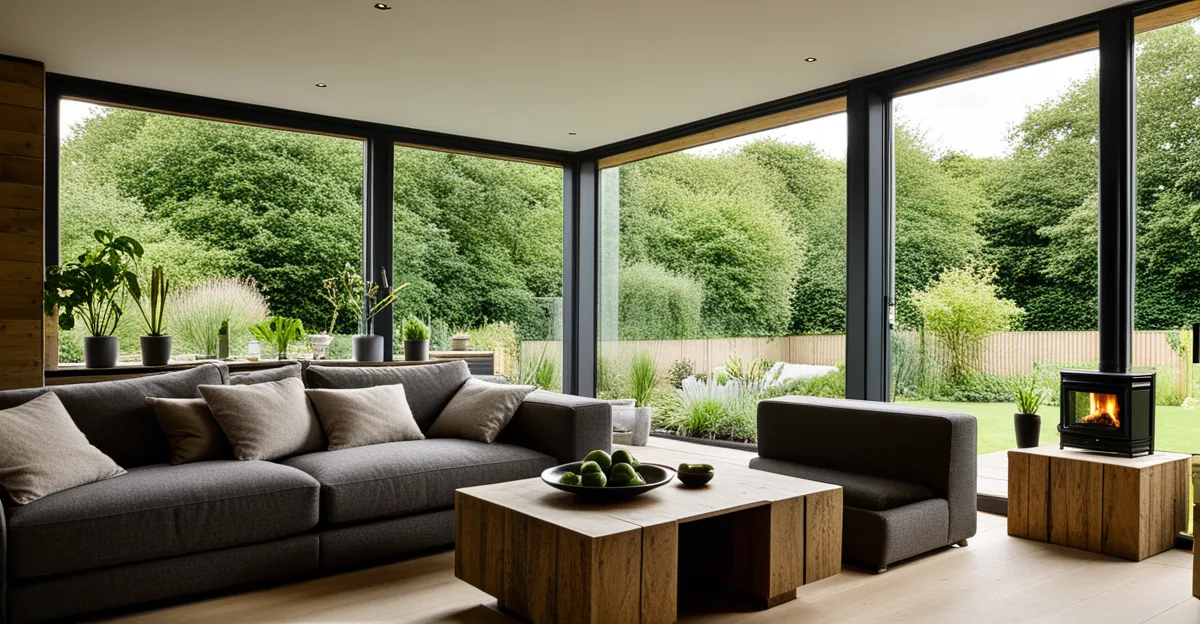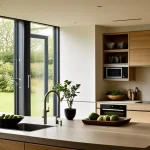Key Barriers to Sustainable Living in UK Homes
One of the most significant UK sustainable living challenges is the prevalence of older housing stock. Many British homes were built before modern energy standards, making retrofitting difficulties a major barrier. Older properties often require extensive modifications to improve insulation or integrate renewable energy systems. This is especially true for listed or historic homes, where regulations limit structural changes.
Financial constraints compound these housing barriers. The high cost of green upgrades—such as installing double glazing, efficient boilers, or solar panels—can deter many homeowners. Although long-term savings exist, initial investment costs remain prohibitive for a large segment of the population. This creates a disconnect between desire and practical ability to implement sustainable measures.
Also read : How can you incorporate vintage elements into modern UK home design?
Additionally, regulatory and policy gaps specific to UK residential buildings hinder progress. Current frameworks often do not adequately support or incentivize sustainable upgrades, especially in the private housing sector. Complex planning permissions, inconsistent subsidy schemes, and varying building codes add layers of difficulty for British home sustainability efforts.
Together, these factors constrain the speed and scale at which UK residences can transition toward sustainable living, highlighting the urgent need for targeted policy interventions and supportive financing solutions.
Also to discover : Why Are Sustainable Living Practices Becoming Popular in UK Homes?
How Climate and Local Conditions Affect Sustainable Home Practices
Exploring the influence of environment on UK sustainability
The UK climate impact plays a crucial role in shaping energy efficiency UK homes strategies. The country’s variable weather—characterized by frequent rain, cold winters, and moderate summers—heightens the demand for robust weatherproofing and insulation. Homes must maintain warmth during long, chilly periods without excessive heating costs, making quality insulation fundamental. For example, standard cavity wall insulation can reduce heat loss significantly, tailored to local temperature fluctuations.
Local resources also determine renewable energy effectiveness. Regions in southern England benefit more from solar installations due to higher sunlight exposure, whereas wind power suits the windy coasts of Scotland and Wales better. This regional variation means that British home sustainability efforts must consider geographic strengths to optimize energy solutions.
In sum, adapting home design to the climate’s demands improves overall efficiency and comfort. Strategic investment in materials and systems—matched to local conditions—addresses both energy consumption and sustainability, directly confronting one of the main UK sustainable living challenges. This tailored approach helps British households achieve eco-friendly living without compromising practicality or cost-efficiency.
Housing Stock and Infrastructure Limitations
Dated buildings dominate the UK housing landscape, creating significant retrofitting challenges for sustainable living. Many properties were designed without energy efficiency in mind, resulting in inherent UK home insulation deficiencies. Upgrading walls, roofs, and floors to modern standards often requires invasive work that risks damaging original materials.
Historic and listed homes face particularly strict restrictions. Conservation rules limit changes to the building fabric, making it difficult to install effective insulation or renewable technologies without compromising architectural heritage. These housing barriers force homeowners to seek specialist solutions that balance preservation with sustainability.
Infrastructure constraints also affect urban areas where space is limited. Dense housing restricts the installation of larger renewable equipment like solar panels or heat pumps. Shared walls and aged wiring further complicate retrofitting efforts.
British building standards can be inconsistent across regions, adding complexity to upgrade planning. Older homes often predate current codes, requiring bespoke approaches. As a result, British home sustainability depends heavily on tailored retrofitting strategies addressing these unique stock and infrastructure limitations.
Economic and Cultural Factors Influencing Adoption
Understanding the cost of sustainability UK is crucial in addressing why many homeowners hesitate to adopt green measures. The initial investment costs for upgrades such as heat pumps, solar panels, or insulation can be substantial, often outweighing perceived short-term benefits. However, over time, these improvements tend to yield significant savings in energy bills and reduce carbon footprints, directly supporting British home sustainability goals.
Government incentives, grants, and support play a pivotal role in bridging this financial gap. Yet, the complexity and sometimes inconsistent availability of subsidies create barriers. Many UK residents remain unaware of or discouraged by the administrative process to access these funds, limiting uptake.
Cultural attitudes and the British lifestyle heavily influence green living decisions. Some homeowners prioritize tradition and are hesitant to alter their homes significantly. Meanwhile, awareness about sustainable practices is growing, but skepticism about costs versus benefits can slow adoption.
Overall, economic pressures combined with cultural mindsets form a key component of the UK sustainable living challenges, requiring more accessible incentives and ongoing education to shift perceptions and encourage broader acceptance of eco-friendly home upgrades.


